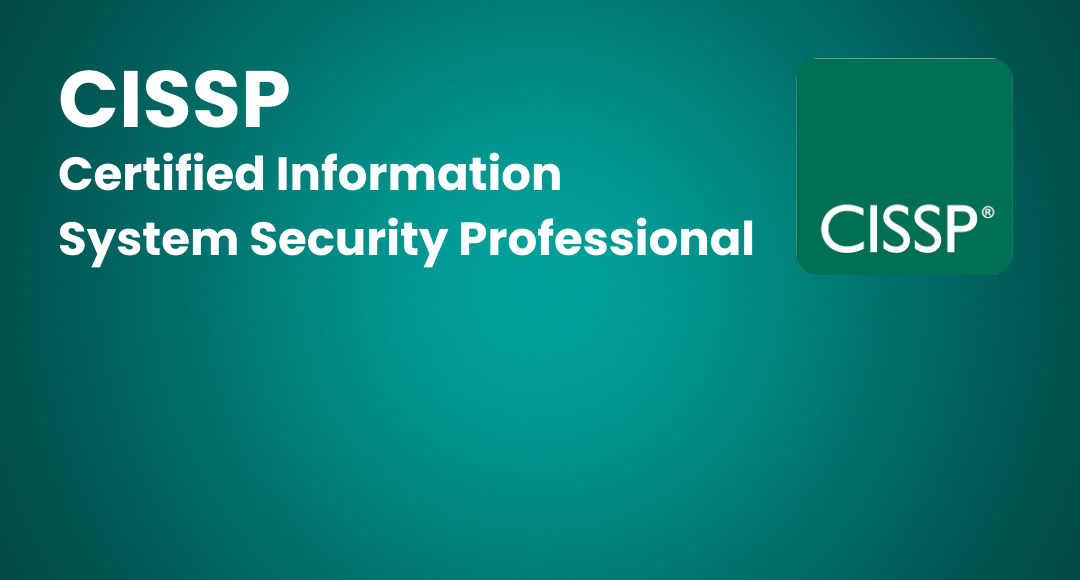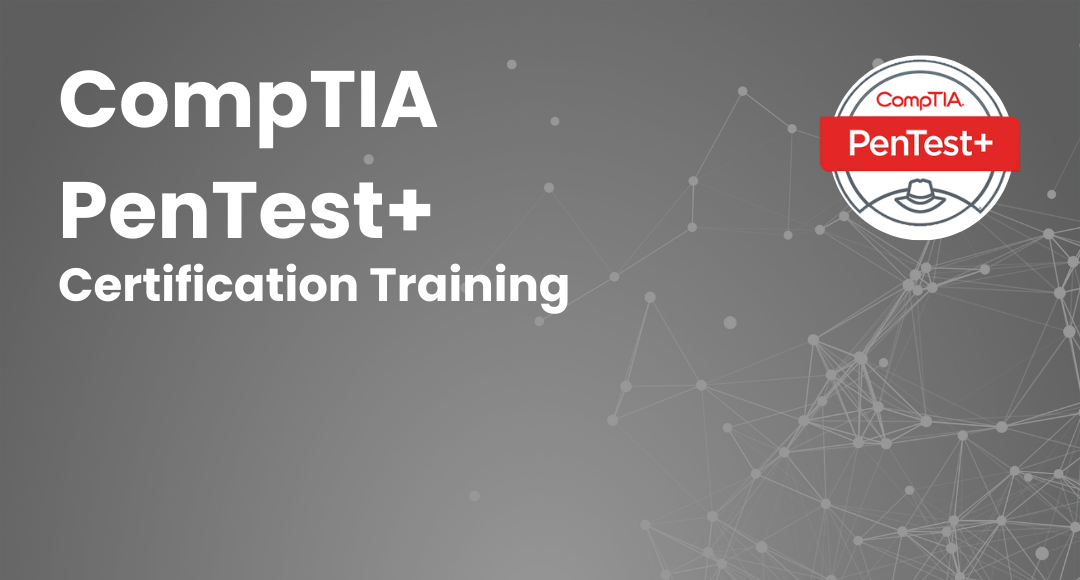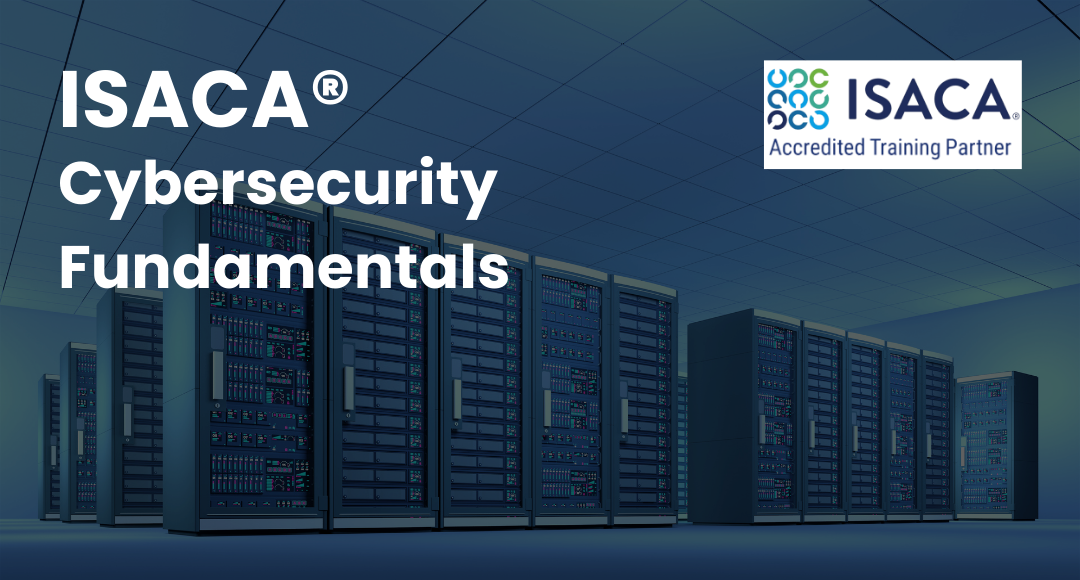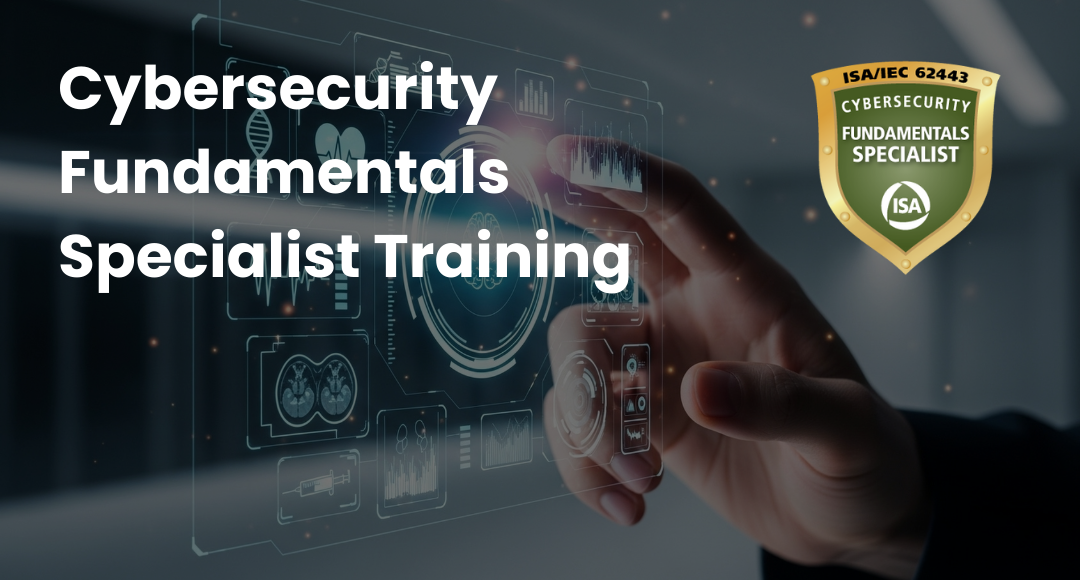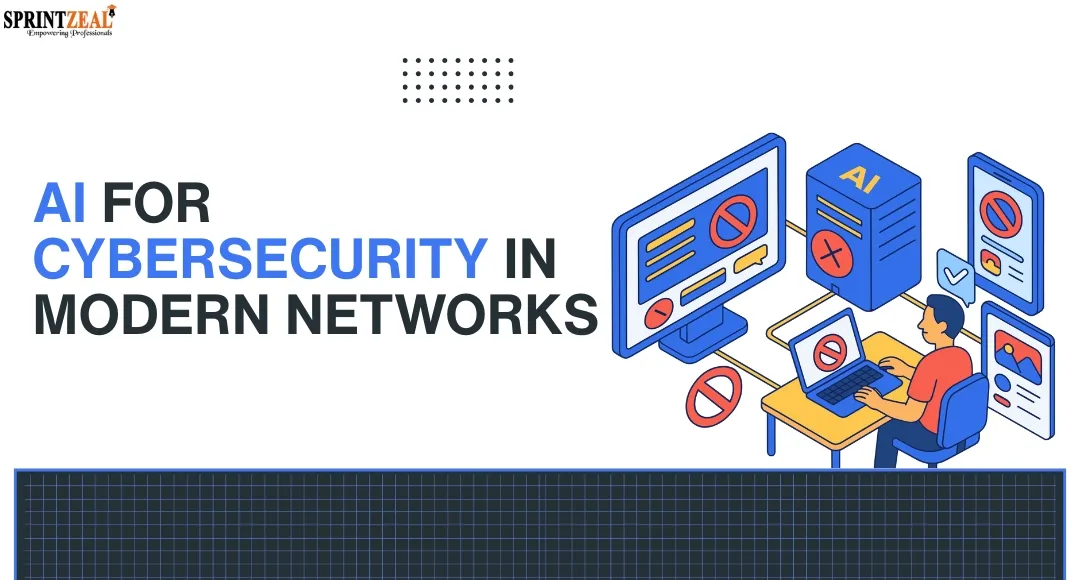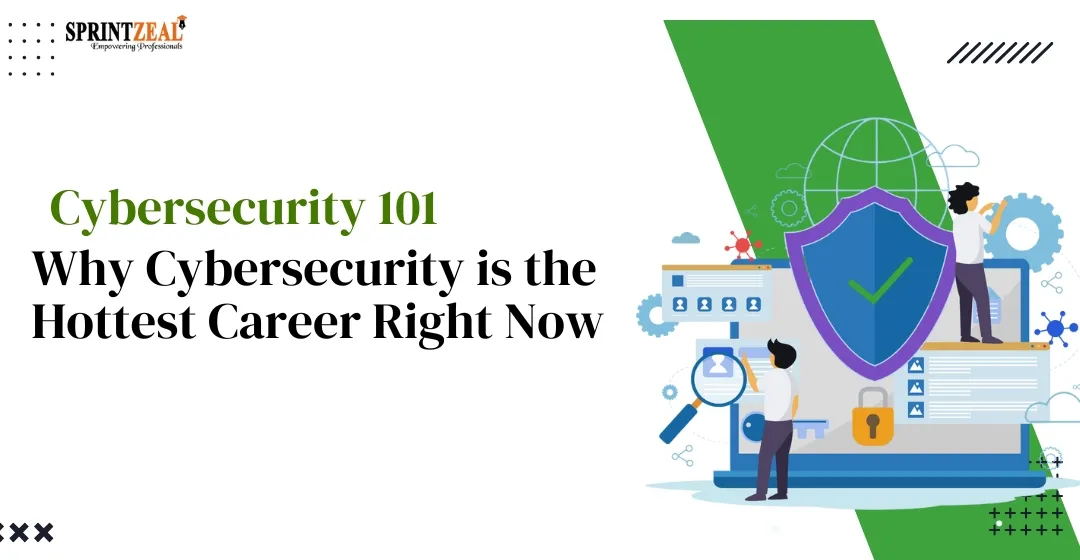Cyber Security Planning - A Detailed Guide for Risk Mitigation
-
 By Nchumbeni Yanthan
By Nchumbeni Yanthan - Published on Jul 19 2023

Table of Contents
- Introduction to Cyber Security Planning
- What is a Cyber Security Plan?
- Objectives of Cyber Security Planning
- The Crucial Role of Cybersecurity Planning in Business
- Benefits of a Cybersecurity Plan
- Essential Elements of an Effective Cybersecurity Strategy
- Developing a Powerful Cybersecurity Plan: How-To Guide
- Best Practices for Implementing Your Cybersecurity Plan
- Examples of Cyber Security Management Plan
- Conclusion
Introduction to Cyber Security Planning
Strong cyber security planning is more important than ever in the current digital era, in which businesses heavily depend on technology. Organizations must be active in defending their responsive systems and data from cyber threats, which are constantly evolving. A well-organized cyber security plan not only helps defend against potential attacks but also ensures business continuity and enables customer trust.
Cyberthreats keep getting more advanced and common as technology develops. Organizations must have a thorough cyber security plan in place given the rise in high-profile data breaches and cyber-attacks.
This broad guide will take you step-by-step through a cyber security plan's essential elements, goals, and implementation best practices.
What is a Cyber Security Plan?
A cyber security plan is a detailed strategy that explains how well a company will protect its data, networks, and information systems from illegal access, instability, and damage.
It serves as a framework for creating and maintaining a robust security position.
A well-designed plan takes into account part of the economy, the particular needs of the organization, its size, and its unique risk profile.
Objectives of Cyber Security Planning
The primary objectives of cyber security planning are:
Risk Mitigation: Identify and evaluate potential cyber risks, then take steps to lessen their impact on the organization.
Asset Protection: Protect against unapproved access to and theft of important assets like customer data, intellectual property, and financial information.
Business Continuity: Ensure uninterrupted business operations by establishing backup and recovery mechanisms in the event of a cyber incident.
Compliance: Align with relevant industry regulations and data protection laws to avoid legal and financial repercussions.
Customer Trust: Build trust with customers, partners, and stakeholders by demonstrating a commitment to protecting their sensitive information.
Incident Response: Develop effective incident response plans to minimize the impact of a cyber incident and facilitate swift recovery.

The Crucial Role of Cybersecurity Planning in Business
Cybersecurity planning plays a pivotal role in every aspect of a business, including:
Proactive Risk Management
The importance of cyber security planning enables organizations to proactively identify and assess potential risks. Thorough risk assessments and proactive cybersecurity practices reduce cyber risks.
Regulatory Compliance
A cyber security plan ensures compliance, implements controls, and monitors incidents.

Business Reputation and Trust
A single data breach can have a significant effect on a company's reputation and customer trust. A solid cyber security strategy in place illustrates an organization's committed to ensure delicate data and customer details.
Incident Response and Recovery
Incident response procedures in a cyber security plan facilitate efficient recovery from cyber incidents.
Benefits of a Cybersecurity Plan
Implementing a well-crafted cyber security plan offers several benefits to organizations, including:
Protection of Sensitive Data: One of the benefits of cybersecurity plan is strong data protection. A cyber security company ensures the security strategy of sensitive data, protecting it against unauthorized users or disclosing it.
Business continuity: Quick recovery from cybersecurity incidents ensures business continuity and customer satisfaction.
Cost Savings: Proactive cyber security planning helps organizations avoid costly data breaches and their associated financial consequences.
Compliance with Regulations: A robust cyber security plan ensures compliance with industry-specific regulations, protecting the organization from legal and regulatory penalties.
Competitive Advantage: Organizations with a strong cyber security plan in place can leverage it as a competitive differentiator, attracting customers who prioritize data protection and privacy.
Essential Elements of an Effective Cybersecurity Strategy
An effective cyber security strategy should include the following key elements:
Risk Assessment: Identify and evaluate potential cyber risks to prioritize security efforts effectively.
Security Policies and Procedures: To regulate employee behavior and responsibilities, establish concise and clear security policies, procedures, and guidelines.
Access Controls: To prevent unauthorized access to sensitive systems and data, use strong access controls like multi-factor authentication and least privilege access.
Network security: Use firewalls, intrusion detection and prevention systems, and routine vulnerability assessments to safeguard networks from outside threats.
Endpoint Security: Protect endpoints, including laptops, smartphones, and Internet of Things (IoT) devices, to stop malware from spreading and unauthorized access.
Data Protection: Take steps to safeguard sensitive data, such as encryption, data loss prevention, and frequent data backups.
Employee Awareness and Training: To ensure that employees are aware of their roles and responsibilities, start educating individuals on best practices for cybersecurity planning and offer additional training.
Incident Response and Recovery: Develop a well-defined incident response plan, including clear escalation procedures, communication protocols, and recovery strategies.
Continuous Monitoring and Improvement: Regularly monitor and evaluate the effectiveness of security controls and update the cyber security plan accordingly to adapt to emerging threats and technologies.
Developing a Powerful Cybersecurity Plan: How-To Guide
To know the efficiency of the cyber security plan, a thorough approach is necessary. Here is creating a strong step-by-step guide to assist you in cyber security plan:
Define Objectives: The goals and objectives of your cyber security plan should be made clear, and they should be in line with overall strategy of your company.
Risk Assessment: Conduct a comprehensive risk assessment to identify and prioritize potential cyber risks based on their likelihood and impact.
Gap Analysis: Identify existing security controls and assess their effectiveness in addressing identified risks. Identify any gaps or areas for improvement.
Develop Policies and Procedures: Create clear, concise security policies, processes, and guidance that address the risks identified and are in compliance with the laws.
Implementation Plan: Generate a thorough plan for having to put the security measures in place, including deadlines, roles, and resource filesystems.
Employee Education and Awareness: Establish a safe, ongoing training program to inform staff members of best practices for environment.
Testing and Evaluation: Regularly test the effectiveness of security controls through vulnerability assessments, penetration testing, and incident simulations.
Incident Response Planning: Develop an incident response plan that outlines clear procedures for detecting, responding to, and recovering from cyber incidents.
Documentation and Communication: Document the cyber security plan, policies, and procedures. Communicate them to all employees and stakeholders, ensuring everyone is aware of their roles and responsibilities.
Continuous Monitoring and Improvement: Regularly monitor the cyber security posture of the organization, evaluate emerging threats, and update the cyber security plan accordingly to address new risks and technologies.
Best Practices for Implementing Your Cybersecurity Plan
While developing your cyber security plan, consider the following best practices to enhance its effectiveness:
Executive Support: Obtain strong support from executive leadership to ensure the plan receives the necessary resources and attention.
Collaboration: Involve key stakeholders from various departments to ensure a comprehensive and coordinated approach to cyber security.
Regular Updates: Continuously update the cyber security plan to address emerging threats, technological advancements, and changes in regulatory requirements.
Third-Party Assessments: Conduct regular assessments by independent third parties to validate the effectiveness of your security controls and identify areas for improvement.
Employee Engagement: Foster a culture of cyber security awareness and encourage employees to report any potential security risks or incidents promptly.
Continuous Training: Provide ongoing training to employees to keep them informed about the latest threats, attack techniques, and best practices.
Incident Simulation Exercises: Regularly conduct simulated cyber-attack exercises to test the effectiveness of your incident response plan and identify areas for improvement.
Information Sharing: Collaborate with industry peers and participate in information-sharing forums to stay updated on the latest threats and preventive measures.
Examples of Cyber Security Management Plan
The specific components of a cyber security plan may vary depending on the organization. Here are a few cyber security management plan examples of common elements:
Security Policy: Clearly define the organization's stance on security and the expectations for employees' behavior.
Access Control Policy: Establish guidelines for granting and managing user access rights to systems and data.
Data Classification Policy: Define criteria for classifying and handling different types of data based on sensitivity and criticality.
Incident Response Plan: Outline procedures for responding to and recovering from security incidents, including roles and responsibilities.
Backup and Disaster Recovery Plan: Define processes for regular data backups, offsite storage, and recovery in the event of a data loss incident.
Network Security Plan: Specify network security controls, including firewalls, intrusion detection systems, and network segmentation.
Security Awareness Training Program: Establish an ongoing training program to educate employees on cyber security best practices and their role in maintaining a secure environment.
Conclusion
Businesses operating in today's digitally connected world must create a detailed cyber security plan. Organizations can proactively protect their valuable assets, affirm customer trust, and limit the effects of potential cyber security incidents by setting the purpose of cyber security planning, its crucial role, the essential elements of cybersecurity strategy, and industry standards for execution.
Invest in a robust cyber security plan today to secure your organization's future in an increasingly complex threat landscape.
Thus, elevate your career-expertise in AI and Machine Learning! You can enroll in Sprintzeal's AI and Machine Learning Masters Program Training and redefine possibilities! Learn more about Sprintzeal's career-enhancing courses. For detailed information and total support, chat with one of our course experts.
Stay ahead of the rapidly evolving world of cybersecurity! Subscribe to Sprintzeal's newsletters and gain a competitive edge through the latest industry trends, best practices, and in-depth knowledge.
Subscribe to our Newsletters
Popular Programs
CISSP® - Certified Information System Security Professional
Live Virtual Training
- 4.2 (964 + Ratings)
- 38k + Learners
CISA® - Certified Information System Auditor
Live Virtual Training
- 4.2 (426 + Ratings)
- 8k + Learners
CISM® - Certified Information Security Manager
Live Virtual Training
- 4.3 (200 + Ratings)
- 6k + Learners
CCSP® - Certified Cloud Security Professional
Live Virtual Training
- 4.1 (964 + Ratings)
- 28k + Learners
Trending Posts
Application Security: All You Need To Know
Last updated on Dec 20 2022
Target Cyber Attack: Key Lessons from the 2013 Data Breach
Last updated on Dec 9 2024
How AI Detectors Strengthen Cybersecurity in Modern Networks
Last updated on Dec 2 2025
What Sony Did to Rebuild Trust After a Major Cyberattack
Last updated on Dec 27 2024
Guess What Google Did When a Employee Breached Their Firmware
Last updated on Dec 24 2024
Cybersecurity 101: Why Cybersecurity is the Hottest Career Right Now
Last updated on Jul 7 2025
Categories
- Other 69
- Agile Management 45
- Cloud Computing 56
- Project Management 172
- Big Data 66
- Business Management 88
- Digital Marketing 78
- IT Service Management 29
- Programming Language 58
- AI and Machine Learning 76
- IT Security 112
- Quality Management 78
- IT Hardware and Networking 25
- Microsoft Program 4
- Workplace Skill Building 13
- Risk Management 9
- Information Security 8
- Leadership and Management 9
- Corporate Training and Development 1
Trending Now
Top 5 Compelling Reasons To Get A Cyber Security Certification
ebookHow to Become IT Security Expert with CISSP Certification
ebookTop 20 Reasons You Should Get a CISSP Certification
ebookWhat is CISSP? – Everything about CISSP Certification Explained
ebookPass CISSP Exam - How to Clear CISSP Exam in First Attempt 2026 (UPDATED)
ebookCISSP Certification – Top 25 Career Benefits in 2026
ebookCybersecurity – Everything You Need to Know About it
ebookUpdated Google Certification Training Course list 2026
ArticleWhich Certification is best for Cybersecurity?
ebookWhich Cybersecurity Certification Should I Get First?
ebookCysa+ certification – Should you get it?
ebookList of Top Security Certifications
ArticleEasiest Security Certification to Get
ebookCISM certification cost and career benefits
ebookCybersecurity Fundamentals Explained
ebookISACA Certifications List 2026
ebookCareer Benefits of CISM Certification in 2026
ArticleList of Top Information Security Certifications in 2026
ebookCISM certification cost details
ArticleMitigate the Cyber-Attack Risks with Best Cyber Security Protocols
ebookCybersecurity Interview Questions and Answers 2026
ebookTop Cybersecurity Software Tools In 2026
ebookInformation Security Analyst - Career, Job Role, and Top Certifications
ebookCyber Security Analyst - How to Become, Job Demand and Top Certifications
ebookWhat is Data Security - Types, Strategy, Compliance and Regulations
ebookData loss Prevention in Cyber Security Explained
ebookCybersecurity Controls Explained in Detail
ebookCybersecurity Framework - A Complete Guide
ebookWhat is Cryptography - A Comprehensive Guide
ebookData Leak - What is it, Prevention and Solutions
ebookCybersecurity Career Paths Guide
ebookFuture of Cybersecurity - Trends and Scope
ebookCyber Security Careers and Outlook - 2026 Guide
ebook5 Cybersecurity Predictions in 2026 - Trends and Challenges
ebookScope for Cybersecurity in 2026 - Latest Update
ebookEthical Hacking Career: A Career Guide for Ethical Hacker
ebookApplication Security: All You Need To Know
ebookCybersecurity Roles - Top Roles and Skills to Consider in 2026
ebookHow to Get Cyber Essentials Certified
ebookTop 10 Cyber Security Threats and How to Prevent Them
ebookTop 10 Network Scanning Tools of 2026
ebookCyber Incident Response Plan: A Comprehensive Guide
ebookInformation Assurance Careers - Exploring Career Paths
ebookWhat is the Department of Defense (DoD) Directive 8140
ebookCybersecurity Mesh Architecture: What It Is and How to Build It
ebookWhat is Threat Modeling? Methodologies, Types, and Steps
ebookWhat is Digital Forensics? Types, Process & Challenges
ebookInformation Assurance Model in Cybersecurity
ebookHow to Become an Information Security Analyst Salary, Skills, and More
ArticleList of Top Department of Defense (DoD) Approved 8570 Certification Courses
ebookTop 5 Ransomware Attacks to Watch Out for in 2026
ebookJob Prospects for DoD Certified Professionals: A Pathway to Success in cybersecurity
ebook10 Biggest Data Breaches of the 21st Century
ebookWhat is a Cybersecurity Incident?-Types, Impact, Response Process and More
ebookWhat is Cybercrime? Exploring Types, Examples, and Prevention
ebookRecent Cyber Attacks & Data Breaches in 2026
ebookCybersecurity Strategy: Building a Strong Defense for Business
ebookCybercrime Impacts On Business: 6 Major Effects
ebook5 Types of Cyber Attacks You Should Be Aware of in 2026
ebookCloud Cyber Attacks: Causes, Types, Prevention and Protection
ebookCloud Malware: Types of Attacks and Security Measure
ebookCyber Attack Statistics and Trends to Know in 2026
ebookList Of Top Cybersecurity Threats In 2026
ebookSafeguarding Digital Domain: 10 Most Common Cybercrimes
ebookDemystifying Cloud-Based Cyber Attacks: A Comprehensive Guide
ebookPrevent Cyber Attacks: Strategies to Protect Your Digital Assets
ebookList of Top 10 Cybersecurity Careers in 2026
ebookTop 20 Cybersecurity Trends to Watch Out for in 2026
ArticleHow to Become Cybersecurity Engineer
ArticleUnderstanding Risk assessment in audit planning
ArticleFundamentals of Risk-Based Auditing: A Strategic Framework
ArticleRisk-based Audit Planning Guide for Beginners
ebookTop 8 Types of Cybersecurity Jobs and Salary Insights
ArticleA Comprehensive Guide to Building Risk-Based Internal Audit Plan
ArticleRisk-Based Internal Auditing Approaches: 7 Steps to Explore
ArticleCompTIA Security+ 601 vs. 701: Understanding Key Differences
ArticleWhy and How to Perform a Risk-Based Internal Audit
ArticleRisk-Based Auditing Techniques Explained
ebookEvolving Cyber Threats and Vulnerabilities in Cybersecurity Risk Management
ArticleWhat Is Secure Access Service Edge (SASE)?
ArticleHow to Stay Cyber-Secure in Work and Personal Life (Tips and Practices)
ArticleIBM Data Breach: Is IBM Really Breach-Proof?
ArticleTarget Cyber Attack: Key Lessons from the 2013 Data Breach
ArticleLinkedIn User Data Protection Explained
ArticleCanva Data Breach: Best Lessons for Users and Businesses
ArticleHow Did Capital One Respond to Their Major Cyber Incident?
ArticleWhat Innovative Measures Did Reddit Take to Protect User Data?
ArticleHow Does Slack Respond to Security Challenges?
ArticleTwitch Data Breach: Response, Changes, and Key Takeaways
ArticleGuess What Google Did When a Employee Breached Their Firmware
ArticleEthical Hacking Tools: Best Ones for Cybersecurity in 2026
ArticleWhat Happened When Cisco Faced a Cyber Incident?
ArticleWhat Sony Did to Rebuild Trust After a Major Cyberattack
ArticleHow to Handle a Data Breach? Learn from Microsoft!
ArticleCybersecurity Mesh: A New Approach for Security Design
ArticleHow Target Turned a Cyber Crisis into a Lesson for All
ArticleDropbox Data Breach: What Companies Can Learn from It
ArticleHow JPMorgan Chase Strengthened Security After Facing Cyber Threats
ArticleThe Future of Online Security: Trends to Watch in 2026
ArticleLatest Trends in CyberSecurity
ArticleTop 12 Cyber Security Apprenticeships with High Earning Potential in 2026
ArticleEnhancing Safety and Competence in Today's Workplace
ArticlePrivacy at Your Fingertips: How iPhone Users Can Use Tools Securely
ArticleAge Matters: Understanding the Generational Gap in Online Safety Education
ArticleCybersecurity 101: Why Cybersecurity is the Hottest Career Right Now
ArticleWhy Cybersecurity Training Should Be Part of Every Professional's Career Plan
ArticleHow to Protect Your Data When Traveling to Countries Like Malaysia?
ArticleTop Online Master's in Cybersecurity Programs for Working Professionals
ArticleHow AI Detectors Strengthen Cybersecurity in Modern Networks
ArticleHow to Become a Cybersecurity Engineer: Step-by-Step Career Guide
ArticleWhy Certification in Risk and Compliance Is Critical in Today’s Financial World
Article

